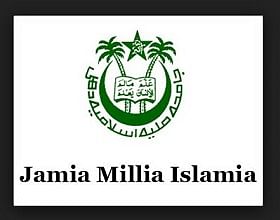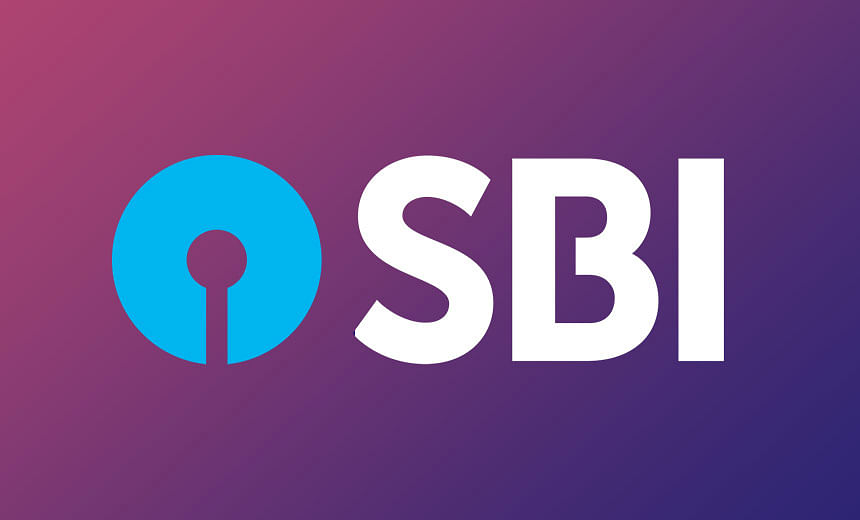
Jamia
In a bid to bolster transparency, the office of the controller of examination, Jamia Millia Islamia resolves henceforth to upload Answer Keys and OMR sheets of admission tests on its official website for public scrutiny.
The aspiring students shall have 48/72 hours to raise the dispute if any through electronic means.
The disputes will be placed before the team of experts to review the disputes and resolve them before the result processing activity takes place.
Dr AAA Faizi, Controller of Examination has expressed satisfaction and congratulated the team of Assistant Controllers of examinations for their dedication and commitment towards the conduct of free and fair admission test.
He says that this move of examination branch is in consonance with the university's endeavour to bring about an ambience of transparency under the stalwart-ship of Prof Talat Ahmad, the Vice Chancellor of the university.
He believes that the practice of putting out answer keys in public domain will strengthen the credibility of entrance tests and fair opportunity for aspiring students will be ensured.
He expresses satisfaction on the conduct of entrance examination by the university.
The University received 2.05 Lakh applications for various PhD, MPhil, Post Graduate, Diploma and Certificate courses run by the university.
Till date as many as 3785 male students and 2226 female candidates have taken admission in the university for the academic session 2018-2019.
There are still some courses where the admission process is on.
Also, Professor of Earth Sciences at University of Oxford, UK, Prof Michael P Searle, recently delivered an extension lecture on “India-Asia collision and tectonic effects along the Himalaya, Karakoram and Tibet” organised by Jamia Millia Islamia’s Department of Geography.
Vice Chancellor, Jamia Millia Islamia, Prof Talat Ahmad who is also an eminent Indian Earth Scientist chaired the session.
Prof Searle’s interesting presentation captured in over 100 slides of pictures taken during his numerous geological field investigations and mountaineering expeditions to the Himalayas, Karakoram and Tibet covered a wide range of subjects, including, fascinating history of the formation, folding and the uplift of the world’s youngest and the highest mountain range, the Himalayas.
He presented slices of his study of the region's geology which he has been undertaking over the last three decades.
With over 130 research papers to his credit in top-notch peer-reviewed journals and four books that he has co-edited for the Geological Society of London, Prof Searle remains one of the most cited scholars on the subject.
He is also the author of the book, Colliding Continents: A Geological Exploration of the Himalaya, Karakoram and Tibet (2014) published by Oxford University Press.
Prof Searle also discussed the Geological Map of the Mount Everest region, Nepal and South Tibet (2003, 2007) which he has published and is widely recognised for.
Prof Ahmad said that he was delighted to invite Prof Searle to JMI and recalled their friendship which goes back to the time when they worked together on a post-doctoral fellowship at the University of Leicester (1988-89).
He hoped that Prof Searle’s ground-breaking work on the geology of the Himalayas will enthuse young students of Geography at the university to engage with this interesting area of study.
He praised Prof Searle's extensive work on the Himalayas in Nepal and Ladakh regions and invited him to extend his investigation to the North East Himalayas.








